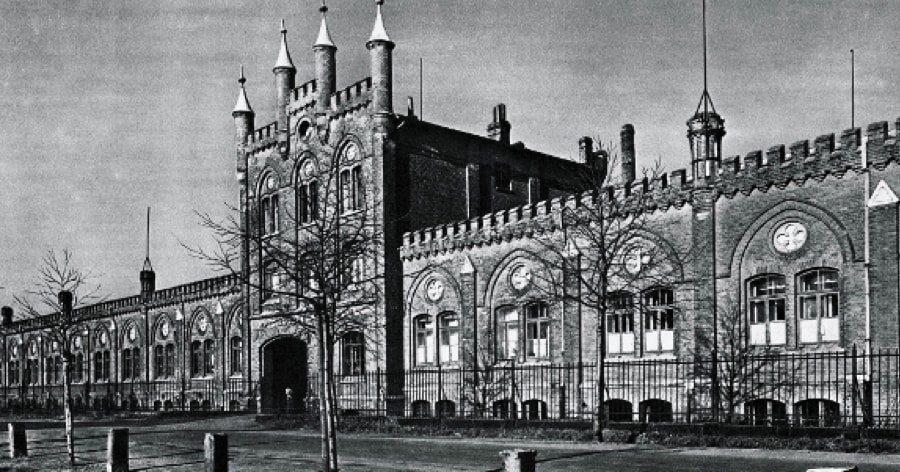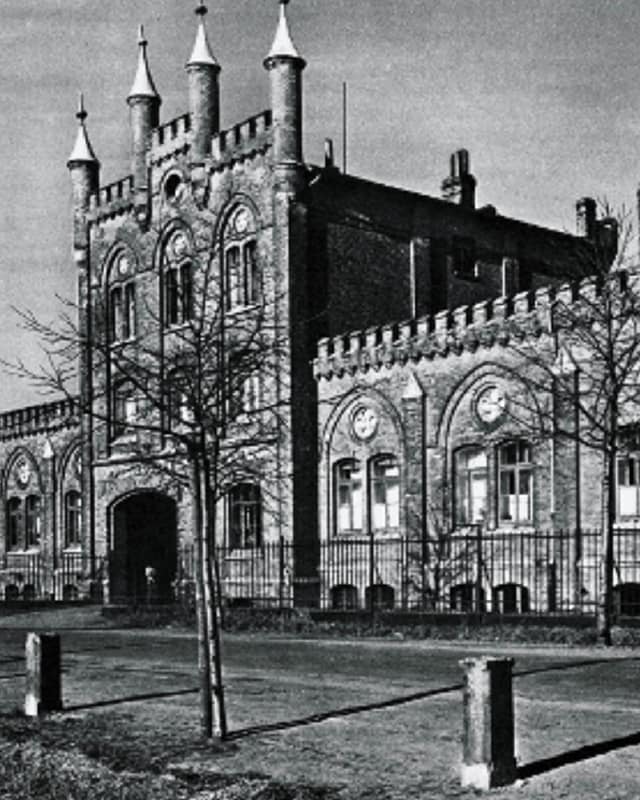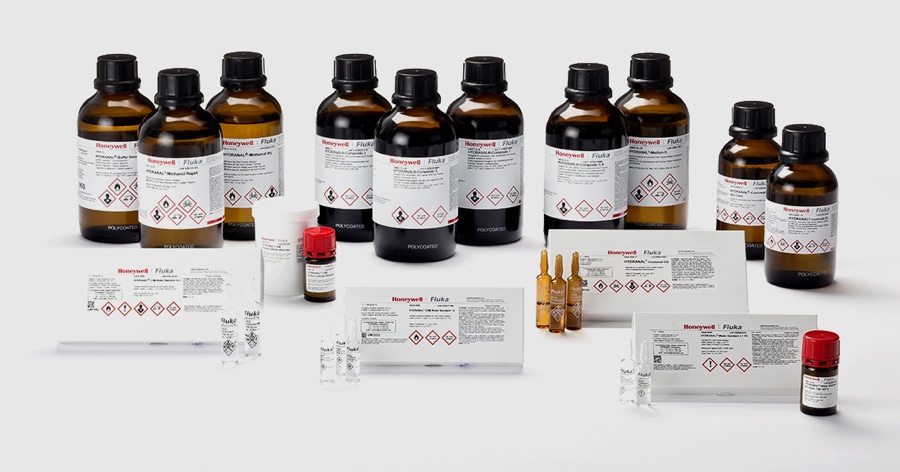Let's Connect!
Sign up to receive exclusive communications about offerings, events, news, surveys, special offers, and related topics via telephone, email and other forms of electronic communications.
We use the location you select to personalize the content on our website and provide you with relevant product pricing and availability information.


Since 1979, Hydranal™ has advanced Karl Fischer titration, developing over 50 reagents
to meet customer needs. Discover how we have pushed the industry forward over time.
Bringing an old technique into the future
In 1935, the chemist Karl Fischer published his manuscript, “New Procedure for the determination of the water content in liquids and solids.” This work became the basis for Karl Fischer titration, or KF titration, which is used to determine the water content of substances.
In 1979, chemists at Riedel-de Haën™ developed ways to improve the standard KF titration. These changes improved safety, accuracy and ease of use while widening the substrates where it’s applied. These improvements became the foundation of the Hydranal product line.

Tracing Hydranal’s history of innovation
1979:
Eugen Scholz and Helga Hoffmann (Riedel-de Haën™) replaced pyridine with imidazole and invented Hydranal reagents.
1980:
The first pyridine-free Hydranal reagents were launched: Hydranal-Composite, a one-component reagent containing imidazole as the base, and Hydranal-Titrant and Hydranal-Solvent, a two-component reagent containing diethanolamine, as the base.
1981:
The first coulometric reagents, Hydranal-Coulomat A and Hydranal-Coulomat C, were developed.
And Hydranal-Buffer Acid, a buffering medium for acidic samples, was introduced.
1983:
Special methanol-free volumetric reagents for the determination of water in aldehydes and ketones, Hydranal-Composite 5 K and Hydranal-Working Medium K, were introduced.
1984:
Special methanol-free coulometric reagents for the determination of water in aldehydes and ketones, Hydranal-Coulomat AK and Hydranal-Coulomat CG-K, were introduced.
And Hydranal-Standard 5.0, the first water standard for KF titration, was introduced.
1986:
Diethanolamine in two-component reagent was changed to imidazole.
1987:
Hydranal-Water Standard 1.0, the first water standard in ampoules, was introduced.
1991:
A new set of coulometric reagents free of halogenated hydrocarbons was introduced.
1993:
A new set of water standards was introduced: Hydranal-Water Standard 0.1, Hydranal-Water Standard 10.0 and Hydranal-Standard Sodium Tartrate Dihydrate.
1996:
Hydranal-Water Standard Oven KF 220-230°C was introduced.
1997:
Hydranal-Ketosolver, a medium free of halogenated hydrocarbons for the determination of water in aldehydes and ketones, was introduced.
1998:
The first ethanol-based KF reagents, the Hydranal E-types, were introduced.
And KF reagents for back titrations were developed.
1999:
Hydranal-Buffer Base, a buffering medium for basic samples, was introduced.
2003:
Hydranal-Medium K, a less toxic medium for the determination of water in aldehydes and ketones, was introduced.
2007:
Hydranal-Water Standard KF Oven 140-160°C was introduced.
And Hydranal-Water Standard Oil, a water standard based on mineral oil with very low (>50ppm) water content, was introduced.
2008:
The Hydranal brand changed from Riedel-de Haën to Fluka™.
2009:
Hydranal Laboratory obtained accreditation according to ISO/IEC 17025.
2014:
Hydranal Laboratory obtained accreditation according to ISO/IEC 17025 and ISO 17034.
Hydranal CRM Water Standards were developed.
And Hydranal Water Standard 0.1 PC with improved stability was introduced.
2015:
Hydranal became part of the Honeywell family.
2017:
Hydranal CRM Water Standards were launched.
Sign up to receive exclusive communications about offerings, events, news, surveys, special offers, and related topics via telephone, email and other forms of electronic communications.

We are having trouble login you to the bot, Please logout and login again using following link. Logout